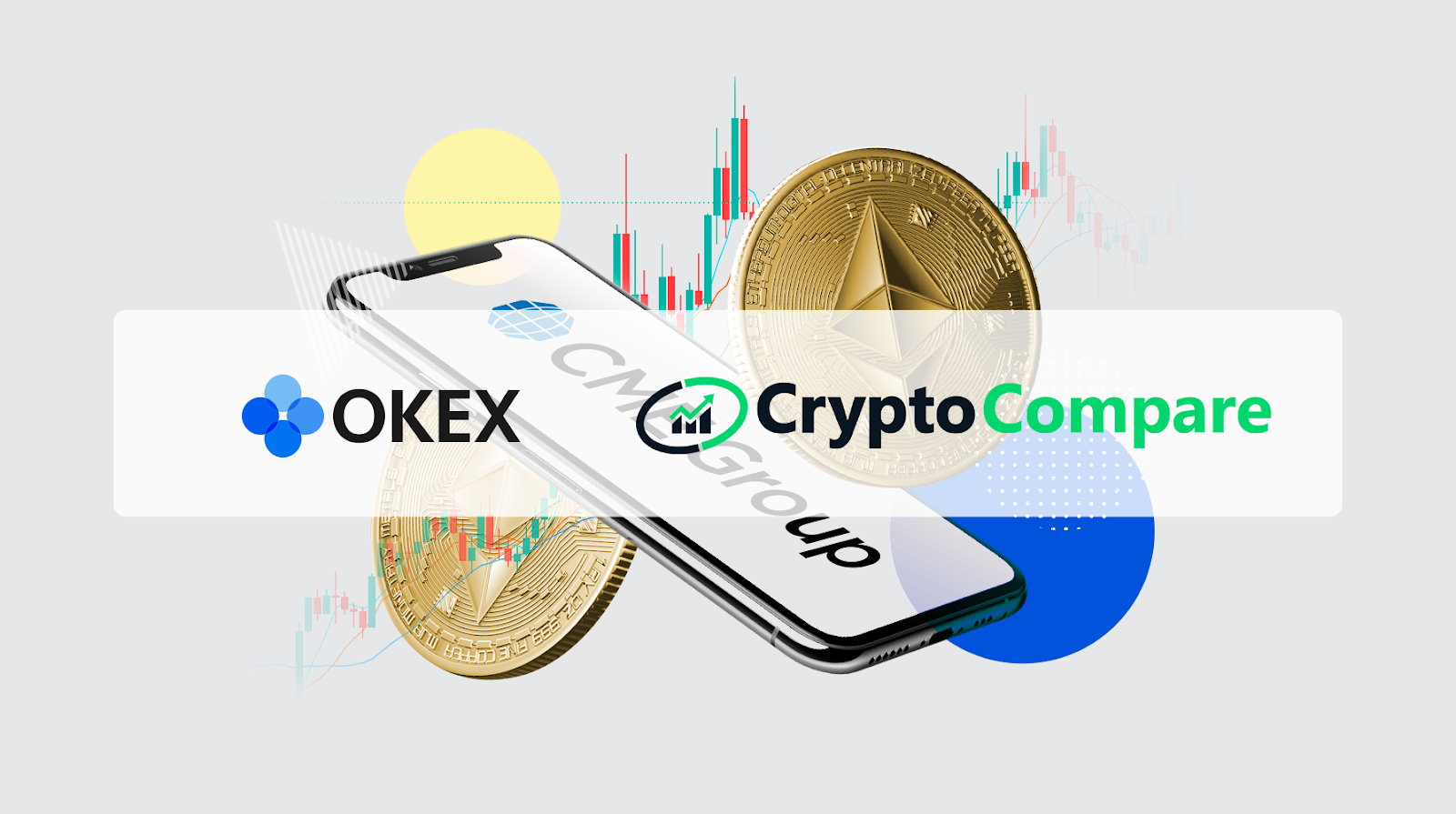
The second-largest cryptocurrency in terms of market cap, Ethereum is creating history as its value hovers around the recently found all-time high. The growth trend exhibited by ETH since mid-2020 has caught the attention of crypto investors, especially with speculations of its value rising much higher following the ETH 2.0 upgrade and its applications in the DeFi and NFT sectors.
The optimistic atmosphere surrounding ETH hasn’t gone unnoticed in the traditional sector. Banking on demand for the crypto asset among institutional traders and investors, Chicago Mercantile Exchange (CME) launched ETH futures in February this year. The new derivative contract was well-received by accredited traders, resulting in an exponential increase in volumes on a weekly basis. By the end of April, the weekly volumes stood at $353 million –over 166% more than the week before and close to 1500% more than the first week of launch.
OKEx Insights, the research arm of the leading crypto exchange and derivatives trading platform OKEx collaborated with CryptoCompare to dig a bit deeper and understand the changing landscape of traditional investing with respect to Ethereum. As a part of this partnership, CryptoCompare provided the relevant market data for analysis, which was studied, and the resulting conclusion was published by both parties in a recent report.
The report confirms the observation that CME ETH futures registered an explosive growth over the last three months to scale from a meager $23.64 million in trading volume to a staggering $353 million in weekly trade volumes. While this is a huge number, especially for a relatively new crypto-based mainstream financial instrument, it still falls behind the crypto derivatives platform. According to the report, crypto exchanges like OKEx continue to dominate ETH futures in terms of overall market volume. When it comes to open interest, OKEx ETH futures on April 21st stood at around $700 million whereas CME maintained $205.6 million, making up for 3.7% of all ETH futures.
During the same period, ETH surpassed its previous all-time high of $1430 to create a new record at $2000 and went on to cross $2530 by mid-April. A comparison between ETH price and ETH futures showed a direct correlation. Further helping the cause is the rate of ETH price growth, which surpassed BTC’s performance in terms of percentage to solidify demand for ETH futures.
Institutional Investors Develop Appetite for ETH Futures
The launch of CME ETH futures as well as the increase in the number of mainstream financial institutions embracing ETH exchange linked products meets the overwhelming institutional demand for transparent, exchange-listed crypto derivatives. Few such products introduced in the past year include 3iQ’s The Ether Fund, CoinShares Physical Ethereum and Galaxy Digital’s two ETH funds and more. Even before CME ETH futures was announced, the ETH investment fund made up for 80% of all crypto-related institutional investments. Now, with ETH nearing the $3500 mark, the participation in ETH futures is only expected to rise.
The OKEx Insights-CryptoCompare study indicates that one of the main reasons for increased interest in exchange-linked ETH futures among institutional investors is the safety in terms of regulatory compliance these products offer in comparison to direct exposure to crypto-assets. In addition, the futures contracts also enable them to protect themselves from drastic drops in price which is quite prevalent in the crypto market.
Further, the entry of businesses like MicroStrategy, Tesla and others into the crypto space, either directly or indirectly has changed the overall sentiment regarding cryptocurrencies among institutional investors, encouraging them to benefit from the growing market. In addition, the growing use cases of Ethereum in various spaces, addressing real-world needs signify the growth potential possessed by the crypto asset.
The ETH protocol upgrades are also significant contributors towards increased interest among institutional investors as ETH 2.0 will bring down transaction costs, reduces mining costs and provide rewards for staking. These features have the potential to drive ETH usage and hence the value. Similarly, the EIP-1559 proposing ETH transaction fee burn will work on gradually reducing the overall supply and drive demand.
All these factors point towards further growth in ETH value over time while presenting a certain degree of uncertainty in the short term. By taking these into account, the report categorically states that more and more institutional investors are sold to the idea of putting their money into ETH, but when and how much is uncertain and depends on the outcome of ETH 2.0’s eventual launch and reception by the crypto community.
